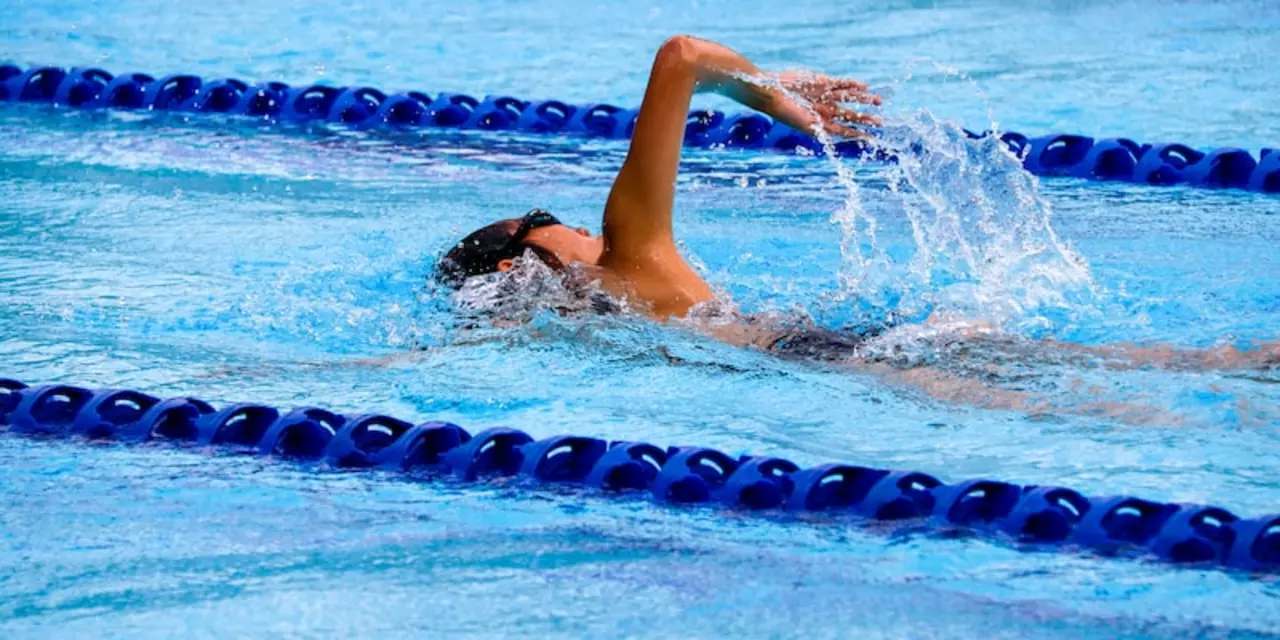Strokes
When talking about strokes, the specific ways a swimmer moves through water using arms, legs, and body positioning. Also known as swim strokes, they define how speed, efficiency, and style are achieved. Understanding Swimming, a full‑body low‑impact sport that improves cardiovascular health starts with the basics of Technique, the set of movements and body positions that maximize propulsion and reduce drag. Mastering the right technique not only makes you faster but also cuts fatigue, which is why athletes and beginners alike focus on it from day one. In this hub you’ll see how each stroke links to training routines, competition rules, and even heart‑health benefits, creating a clear path from learning to excelling.
Explore the range of strokes
Strokes encompass four main families: freestyle, backstroke, breaststroke, and butterfly. Each one demands a unique blend of arm pull, leg kick, and body roll, and each can be tweaked for sprint speed or long‑distance endurance. For example, freestyle relies on a steady flutter kick and a high‑elbow pull, while butterfly uses a powerful dolphin kick and simultaneous arm recovery. These variations shape how swimmers train: sprinters focus on explosive power, distance swimmers on sustained efficiency, and Olympians on perfecting every millisecond of movement. The link between stroke choice and competition is direct—Olympic events are built around these four, and medal chances hinge on how well athletes refine their technique under pressure. Beyond the pool, research shows that the cardio demand of different strokes can influence heart health; the rhythmic breathing of backstroke, for instance, often leads to lower blood pressure compared to land‑based cardio.
Improving your strokes isn’t just about hours in the lane; it’s about smart practice, feedback, and the right drills. Beginners might start with infant swimming lessons to develop water comfort and basic arm‑leg coordination, while intermediate swimmers can add drills like finger‑drag or one‑arm freestyle to isolate weaknesses. Advanced athletes use video analysis and resistance tools to fine‑tune body roll and streamline position, ensuring every kick adds propulsion rather than drag. Whether you’re seeking a bigger glute workout, a low‑impact heart boost, or the thrill of Olympic‑level competition, the right stroke and technique pave the way. Below you’ll find articles that dive deeper into each aspect— from why swimming is great for the heart, to how to choose the perfect stroke for your goals, and tips for mastering technique at any age. Get ready to explore a collection that turns curiosity into concrete improvement.

